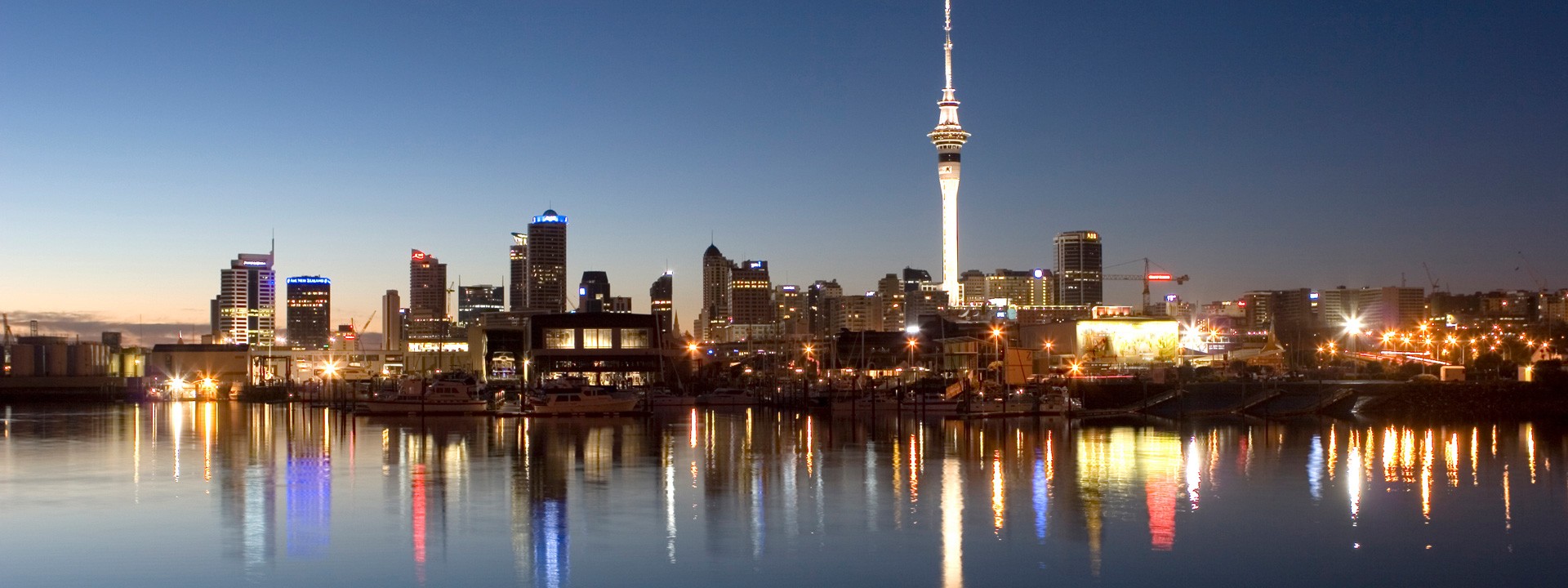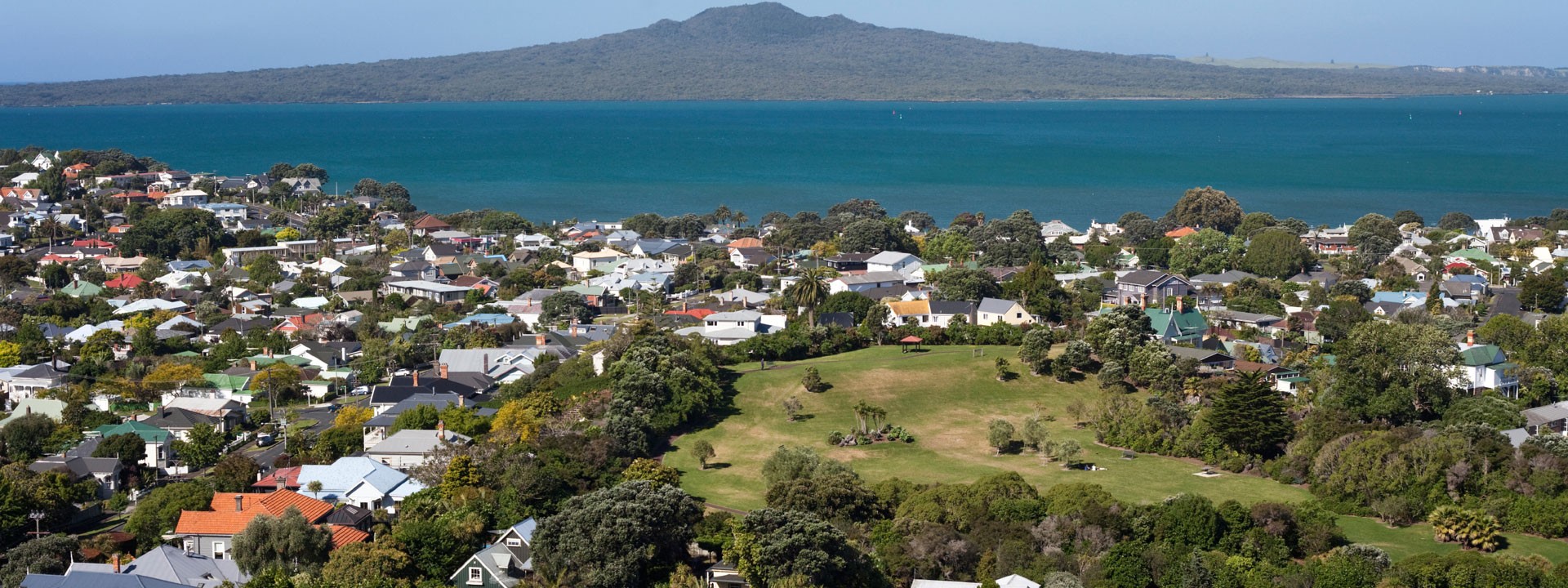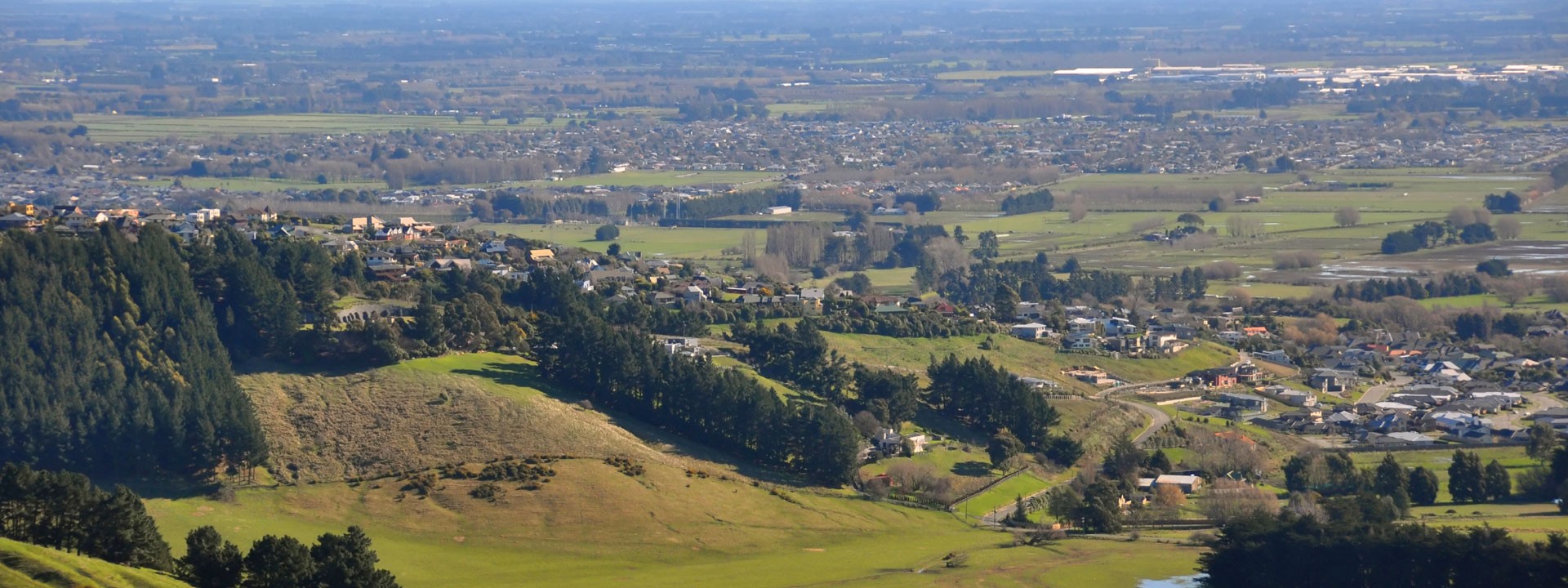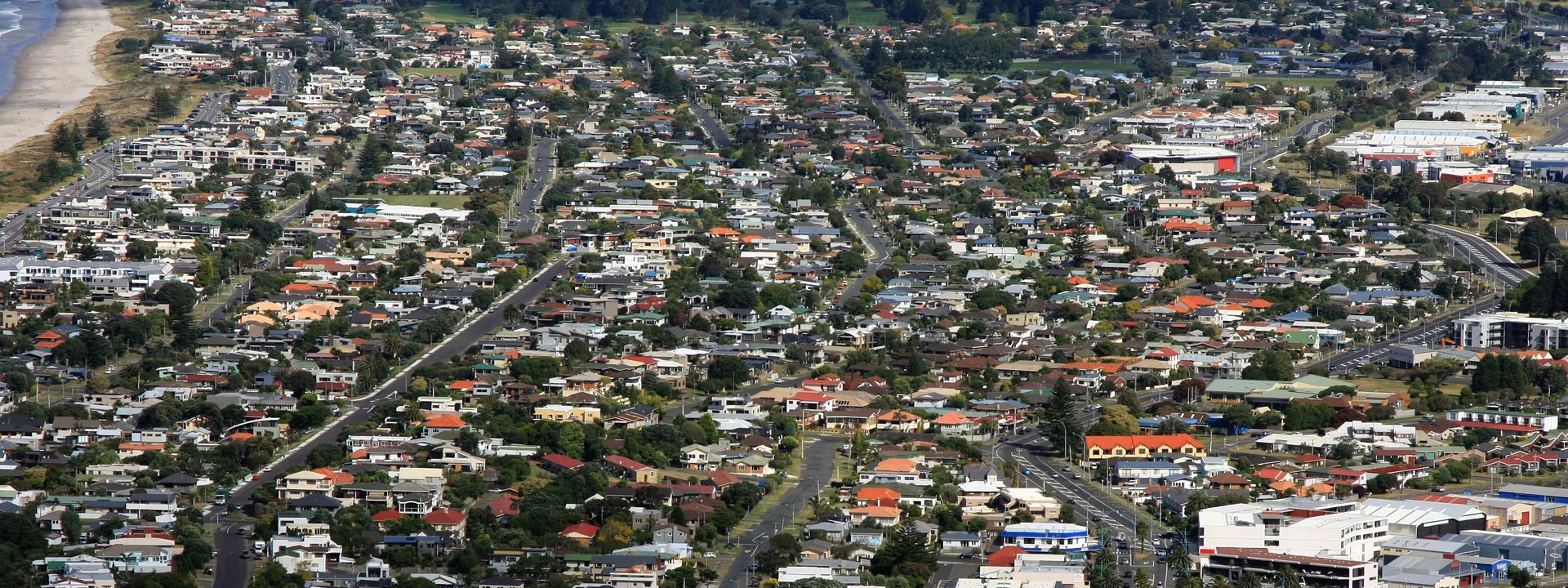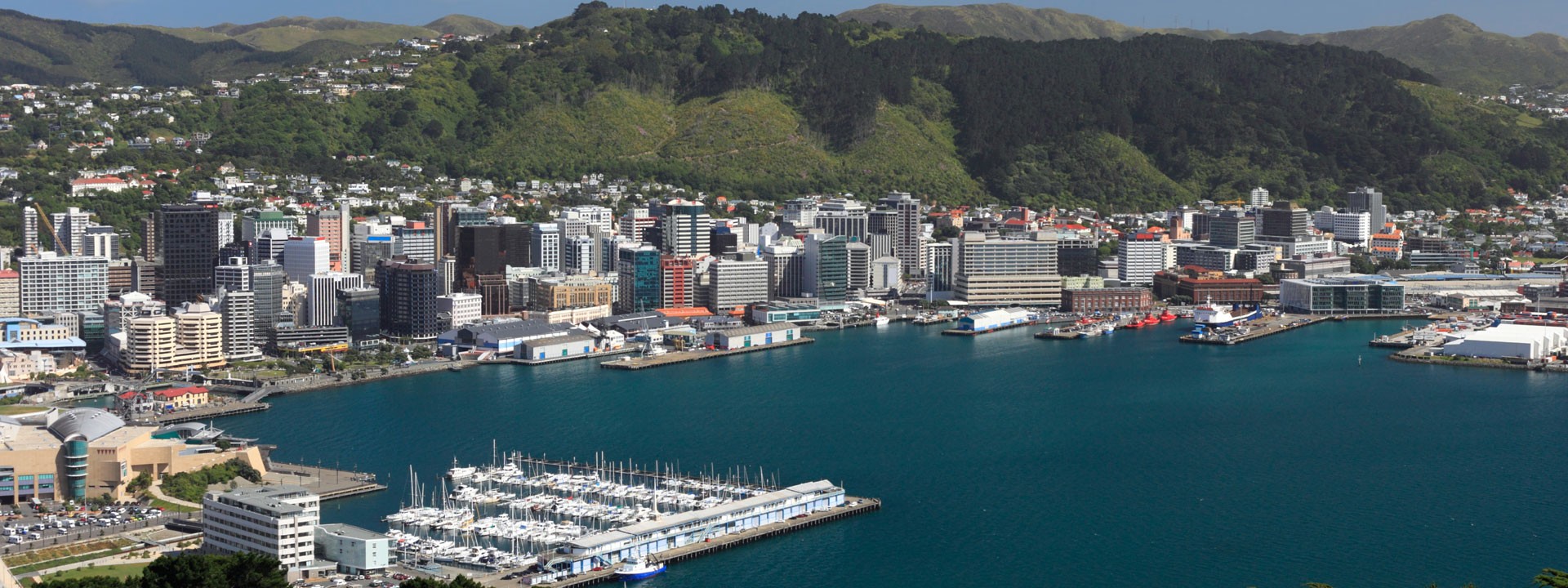Bigger houses now could mean lack of appropriate housing into the future
October 10, 2016 at 2:13 PM
Are New Zealanders building bigger houses without thinking about how they can maintain them into their old age?
A glut of bigger Kiwi homes being built could put pressure on opportunities for simpler living.
New data from Statistics New Zealand shows that Kiwis are building fewer homes than 40 years ago, but their floorplans have expanded by 60 per cent.
And New Plymouth real estate agent Glenn Green said he's not surprised. Demand on the market is for big houses, multiple living areas and three or more bedrooms, he said.
"Gone are the days of bunk beds and sharing a room with your siblings, a lot of parents want their kids to all have their own rooms,"
READ MORE:
* Where have property prices increased the fastest?
* Otago takes crown for home building costs: Statistics NZ
* Christchurch the costliest city for home building
* Why building new isn't always the cheaper option
The average Kiwi house floor size is now 182 square metres, compared to the mid-1970s more modest average of 110sqm.
In Taranaki, the average house size was bigger, at 199sqm, based on the 521 building consents lodged for the year to August 2016.
Green said having a second living area was a major appeal for family houses, as well as large kitchens, multiple bathrooms and home offices - things that gave families space to live and relax on their own, but under the same roof.
However smaller, 160 sqm to 180 sqm houses were now in low supply, but in increasing demand, Green said.
"There's actually a little bit of a hole in the market," he said. "Some people don't want the massive kitchen and three bathrooms."
Those people were older couples, looking to retire and downsize, or young professional couples not looking for a house to accommodate kids just yet, he said.
Young and expanding families were driving a demand for bigger houses, but it was likely the demand for smaller houses will grow without the supply to support it, he said.
Eldon Peters of Ardern Peters Architects in New Plymouth said the increase in housing sizes was a complex issue to unpack, but it largely boiled down to New Zealand becoming a wealthier society.
He actually expected Taranaki's average house size to be closer to 300 sqm, Peters said.
"In New Zealand, Australia and North America, it seems we're all building bigger houses and the rest of the world are going the other way."
He said this was more anecdote than fact, but there was truth in wealthier western countries taking their cues from bigger houses presented on television and wanting it for themselves.
However, he agreed a shortage of appropriate housing for the ageing population could be on its way.
"I think there will be a shortage of good houses for an ageing population. There will be a need for good, 2-bedroom housing in whatever form that might take, for the ageing population."
Those who retired and built new homes often chose bigger floor areas, but within 15 years or so didn't have the ability to maintain such large homes, Peters said.
However, for regional New Zealand, like Taranaki, there would be less small housing built in the near future other than perhaps a few apartment buildings to cater for inner city living. This came down to the younger generation who wanted to live on their own.
He suggested New Zealand might see a culture change in the future, where more than one generation of a family lives together to ensure the older generation lived in a manageable space perhaps in flats built next to the younger generation's bigger family home.
www.stuff.co.nz
